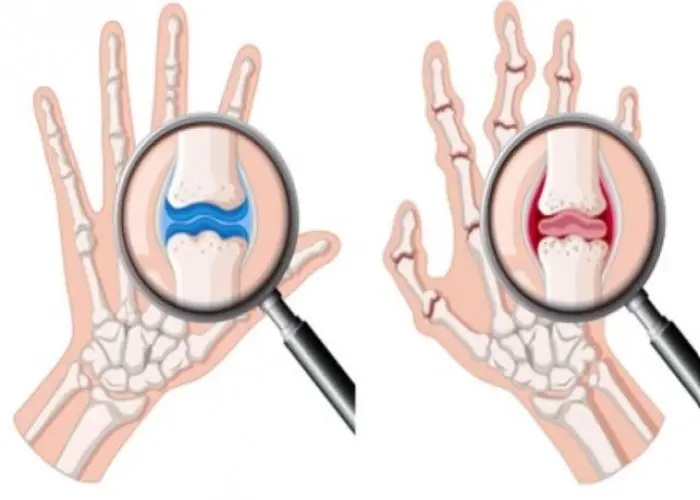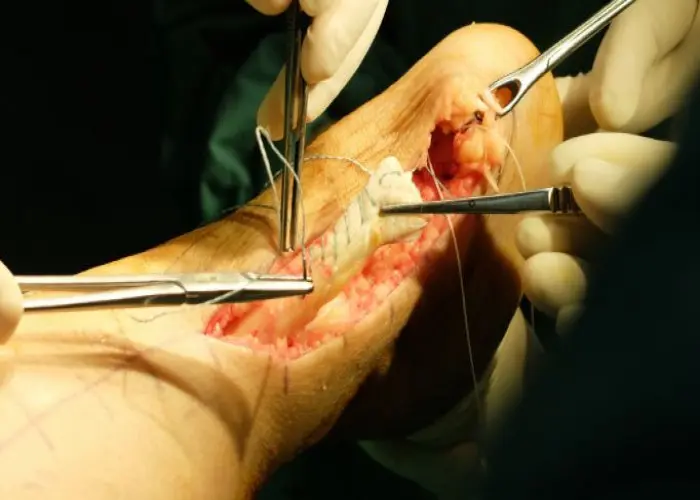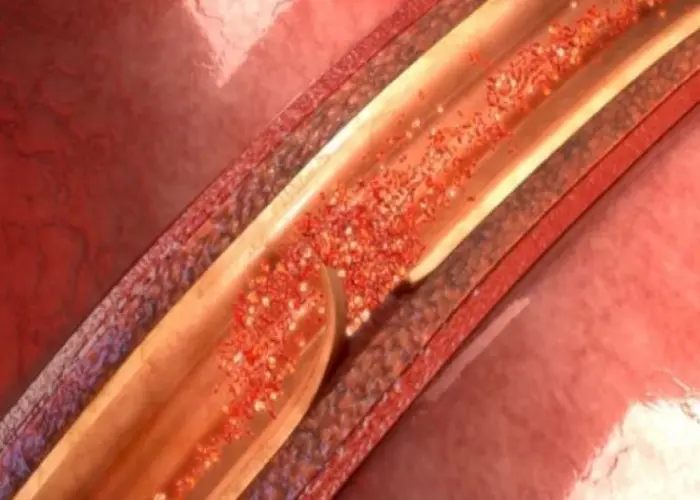 Welcome
Welcome
“May all be happy, may all be healed, may all be at peace and may no one ever suffer."
Arthritis

Arthritis is a term used to describe inflammation of one or more joints, which can cause pain, swelling, and stiffness. There are over 100 different types of arthritis, but the most common forms are osteoarthritis and rheumatoid arthritis.
Osteoarthritis is a degenerative joint disease that occurs when the cartilage that cushions the bones in the joints wears down over time. This can cause pain and stiffness, especially in the hips, knees, and hands.
Rheumatoid arthritis is an autoimmune disease in which the body's immune system mistakenly attacks the joint tissues, leading to inflammation and damage to the joint structures. This can cause swelling, pain, and deformity in the affected joints.
Treatment for arthritis depends on the type and severity of the condition, but may include medications, physical therapy, weight management, and, in severe cases, surgery. Lifestyle changes, such as regular exercise, a healthy diet, and stress management, can also help reduce symptoms and improve overall health.
If you suspect you may have arthritis, it's important to see a doctor for an accurate diagnosis and to develop an appropriate treatment plan.
Research Papers
Disease Signs and Symptoms
- Joint pain
- Joint stiffness
- Swollen joint
- Decreased range of motion
Disease Causes
Arthritis
The two main types of arthritis — osteoarthritis and rheumatoid arthritis — damage joints in different ways.
Osteoarthritis
The most common type of arthritis, osteoarthritis involves wear-and-tear damage to a joint's cartilage — the hard, slick coating on the ends of bones where they form a joint. Cartilage cushions the ends of the bones and allows nearly frictionless joint motion, but enough damage can result in bone grinding directly on bone, which causes pain and restricted movement. This wear and tear can occur over many years, or it can be hastened by a joint injury or infection.
Osteoarthritis also causes changes in the bones and deterioration of the connective tissues that attach muscle to bone and hold the joint together. If cartilage in a joint is severely damaged, the joint lining may become inflamed and swollen.
Rheumatoid arthritis
In rheumatoid arthritis, the body's immune system attacks the lining of the joint capsule, a tough membrane that encloses all the joint parts. This lining (synovial membrane) becomes inflamed and swollen. The disease process can eventually destroy cartilage and bone within the joint.
Disease Prevents
Disease Treatments
Arthritis treatment focuses on relieving symptoms and improving joint function. You may need to try several different treatments, or combinations of treatments, before you determine what works best for you.
Medications
The medications used to treat arthritis vary depending on the type of arthritis. Commonly used arthritis medications include:
- NSAIDs. Nonsteroidal anti-inflammatory drugs (NSAIDs) can relieve pain and reduce inflammation. Examples include ibuprofen (Advil, Motrin IB, others) and naproxen sodium (Aleve). Stronger NSAIDs can cause stomach irritation and may increase your risk of heart attack or stroke. NSAIDs are also available as creams or gels, which can be rubbed on joints.
- Counterirritants. Some varieties of creams and ointments contain menthol or capsaicin, the ingredient that makes hot peppers spicy. Rubbing these preparations on the skin over your aching joint may interfere with the transmission of pain signals from the joint itself.
- Steroids. Corticosteroid medications, such as prednisone, reduce inflammation and pain and slow joint damage. Corticosteroids may be given as a pill or as an injection into the painful joint. Side effects may include thinning of bones, weight gain and diabetes.
- Disease-modifying antirheumatic drugs (DMARDs). These drugs can slow the progression of rheumatoid arthritis and save the joints and other tissues from permanent damage. In addition to conventional DMARDs, there are also biologic agents and targeted synthetic DMARDs. Side effects vary but most DMARDs increase your risk of infections.
Therapy
Physical therapy can be helpful for some types of arthritis. Exercises can improve range of motion and strengthen the muscles surrounding joints. In some cases, splints or braces may be warranted.
Surgery
If conservative measures don't help, doctors may suggest surgery, such as:
- Joint repair. In some instances, joint surfaces can be smoothed or realigned to reduce pain and improve function. These types of procedures can often be performed arthroscopically — through small incisions over the joint.
- Joint replacement. This procedure removes the damaged joint and replaces it with an artificial one. Joints most commonly replaced are hips and knees.
- Joint fusion. This procedure is more often used for smaller joints, such as those in the wrist, ankle and fingers. It removes the ends of the two bones in the joint and then locks those ends together until they heal into one rigid unit.
Disease Diagnoses
Disease Allopathic Generics
-
Aspirin
Pills should be powdered and mixed with water.
First 1 pill 3 times a day after meals. Then 2 pills 3 times a day.
-
Paracetamol
1 pill 3 times a day.
-
Indomethacin (Oral)
Aspirin and paracetamol do not reduce the pain.
1 capsule 3 times a day after meals.
-
Ibuprofen
1 tablet of 400 mg 3 times a day.
-
Ketoprofen (Oral & injection)
1 capsule 1/2 time a day 1 to 2 hours before or 2 hours after meals, between meals or after meals.
-
Celecoxib
1+0+1 or 0+0+200mg after meals.
-
Mefenamic acid
Elderly patients 500 mg 1 tablet 2/3 times a day after or between meals. Cannot be used for more than 7 days.
-
Ketorolac Tromethamine
1+0+1 or 1+1+1.
-
Tramadol Hydrochloride
1+0+1 or 1+1+1 (10/15 days).
-
Tolperisone Hydrochloride
1+0+1
-
Leflunomide
100 mg daily for 3 days.
-
Prednisolone
1 pill 3 times a day for 5/7 days.
-
Dexamethasone
1 pill 3 times a day for 5/7 days.
-
Betamethasone
First increase and then decrease gradually.
-
Ranitidine Hydrochloride
150 mg pill 2 times a day.
-
Famotidine
1 pill of 20/40mg in the morning and 1 pill at night.
- Diclofenac Sodium
-
Fluoxetine Hydrochloride
1 pill every morning after breakfast for 1 month.
-
Nortriptyline
Take 1 pill at night before going to bed.
-
Vitamin B complex
Take 1 pill daily after food.
Disease Ayurvedic Generics
Disease Homeopathic Generics
Disease yoga
Arthritis and Learn More about Diseases

Achilles tendinitis

Seasonal affective disorder (SAD)

Childhood apraxia of speech

Vitiligo (Leucoderma)

Aortic dissection

Primary immunodeficiency

Thumb arthritis

Hypospadias
Arthritis, Rheumatoid arthritis, Osteoarthritis, Psoriatic, Rheumatologists, বাত
To be happy, beautiful, healthy, wealthy, hale and long-lived stay with DM3S.
